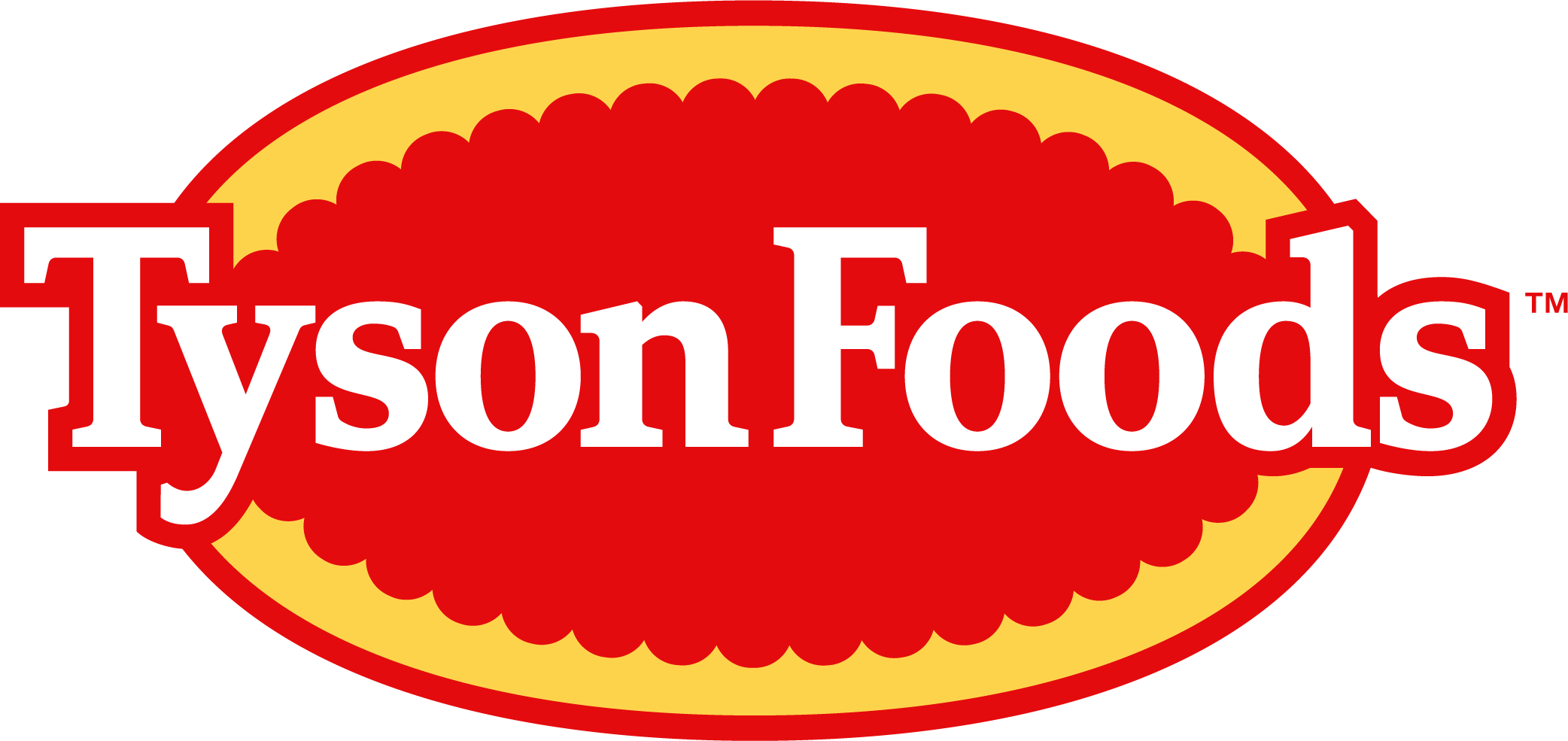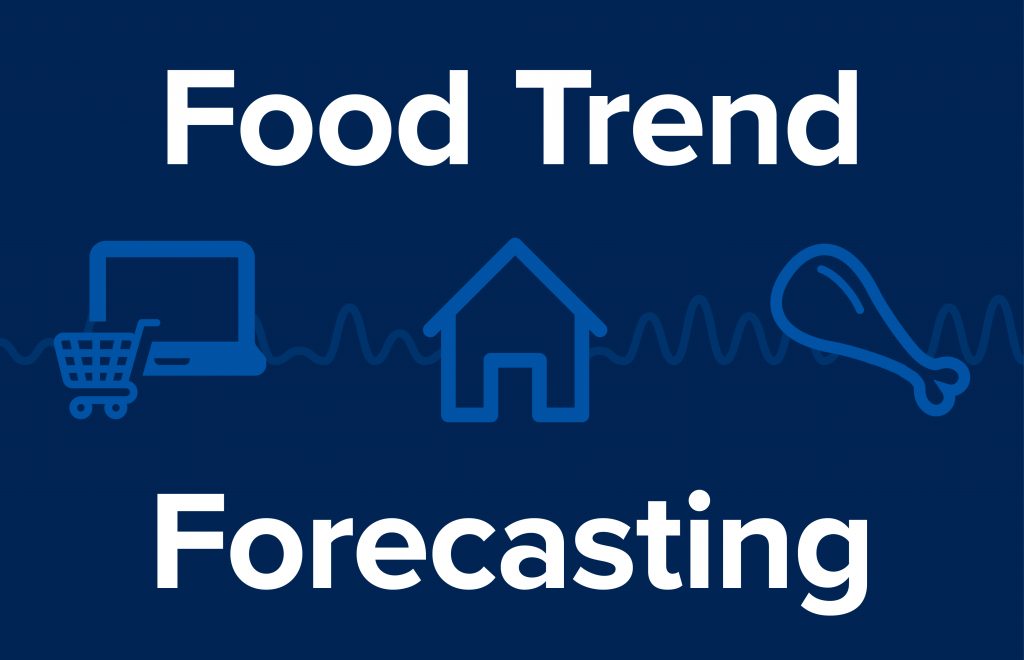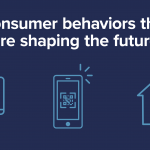In just a few weeks’ time, the global COVID-19 pandemic has changed everything, including how we shop and interact with brands and products.
As with any event this significant, there will be shifts in peoples’ attitudes and behaviors, and while no one can possibly know everything to expect, there are indicators that our Insights & Analytics team look for — data we are assessing and evaluating in real-time — to help us understand changes ahead and potentially guide how our company responds.
If current numbers are any indication, including the significant spike in unemployment numbers, challenged supply chains, overall GDP drop, and substantial shift in consumer mindsets across a variety of areas, it will be some time before we bounce back to ‘normal’. And, as many are already questioning, will ‘normal’ look the same?
One change we’re already seeing is a shift from a healthy economy to what is likely to be a recession. Recessions historically impact consumer spending, which will set the foundation for a very different competitive landscape where people are spending more cautiously. Healthy economies also enable innovation in both products and services that are focused on delivering on a benefit that consumers deem worth paying for. In contrast, as consumers spend more cautiously, it’s important to narrow into areas that most meaningfully bring value.
As companies look to find their relevant role with consumers, it will be important to understand the future versus focusing primarily on the current situation. The pandemic timeframe is critical in setting new consumer mentality, but the impact of that will be in the months following. Marrying retail sales data, foodservice transactions, consumer reported sentiment, and overlaying a modern perspective on past event and recessionary behaviors enables us to be intuitive about what to expect next. And while there may be some unwelcome changes ahead, there are potentially positive impacts as well.
What’s next?
At Tyson Foods, we are focused on understanding our consumers and where they are headed. As a result of COVID-19, we anticipate that some consumer trends will accelerate, some slow down, and some take on new meaning. We also anticipate new consumer trends to emerge and are closely monitoring various data sources to identify them as early as possible.
Following are some key considerations that are likely to impact the trend trajectory:
- A continued focus on health and safety, and the potential for people to cling to social distancing practices.
- A risk averse mentality that could permeate across various aspects of consumers’ lives.
- Greater awareness of financial security, resulting in limited discretionary spending and deal-driven price conscious behavior.
- A heightened focus on comfort items as consumers both recover from the fear of not being prepared and seek stability and proven value in a time of uncertainty.
- An intrinsic focus, representing a shift toward caring for oneself first and foremost versus the previous trend of doing good for the world.
How will these changes in mentality impact us? Following are some possible outcomes:
Immediate Gratification: Consumers want what they want, when they want it, and where they want it — and without sacrifice to quality or benefits.
What’s changed? We’ve seen dramatic increases in online grocery shopping and grocery delivery services (over the last few weeks, Amazon Fresh saw a 100% increase in ‘new to Fresh’ shoppers). Online shopping may be the new norm for more people. The fear-based food stockpiling we’ve seen may also have lasting impact, leaving an indelible imprint on consumers’ minds, where even in stable times, people worry about running out of basics.
Remote Participation: Individualism will collide with the strong desire to be part of something. Technological advances and new COVID-driven online behaviors have enabled us to achieve both, from anywhere.
What’s changed? With increased unemployment and working/schooling from home capabilities ramping up, people will increasingly gain comfort in the ability to do what they used to do in person but at home. The video game industry was already the top growing industry before the pandemic, up 13% vs. last year, and companies like Peloton were fast tracking consumers to join a group activity from home.
Food as Medicine: Our ‘always on’ culture, connected with the desire for customization, will drive consumers to seek whole health solutions through food, with a focus on culinary wellness.
What’s changed? We have seen tremendous growth in the desire to achieve brain, digestive, and emotional health via food. Consumers will most likely continue to seek culinary wellness, particularly given a renewed focus on health coming out of the pandemic. While they will rely on food to support a healthy lifestyle, consumers may be less likely to pay a premium for it.
Brands with a Story: Consumers are becoming more interested in values than product claims, as they are increasingly looking to brands and companies to the lead the way.
What’s changed? If these last few weeks have taught us anything, it’s the power of brands to do good, which in some cases, means continuing to show up on shelves with good, quality products. As consumers begin to scrutinize their spending, they’ll narrow in on proven products that they know will deliver on expectations. This is a time when availability, paired with trusted quality, will be more important than ever for consumers. It’s a time when large brands are given an opportunity to shine.
Where does protein fit in?
We have seen continued growth in both animal protein and protein packaged goods. During the most severe COVID-19 stock-up period in March, protein categories saw significant growth, as consumers stocked up on essentials. At the highest point, Tyson Foods saw a +92% growth in pound sales relative to the same week last year.
In recent years, we have seen a shift in why consumers seek protein. Previously, protein was a substantial food source and a way to fill up. More recently, it’s being viewed as an energy source, in line with functional food benefits. Coming out of the pandemic, we expect protein to continue to be deemed essential; however, we may see a return to protein for satiation. With an increased scrutiny on spending, we may also see some shifts to less expensive cuts of meat and packaged offerings that provide differentiated value.
We’ll keep a close pulse on what our consumers are looking for and be ready with the right products, packaging, and messages when it’s time.


